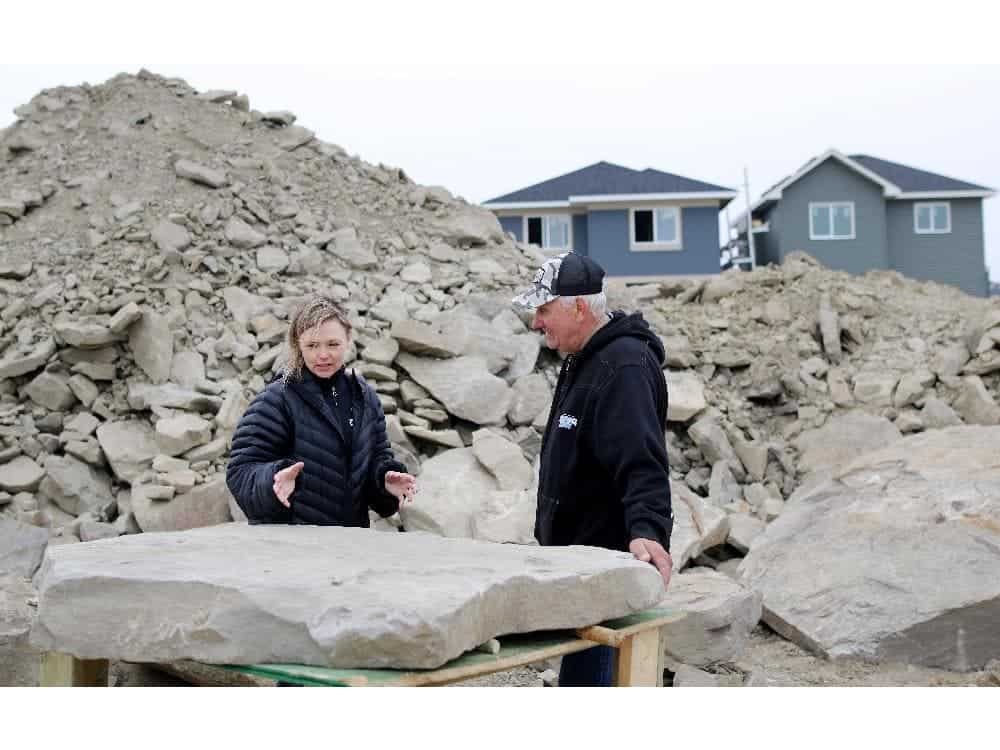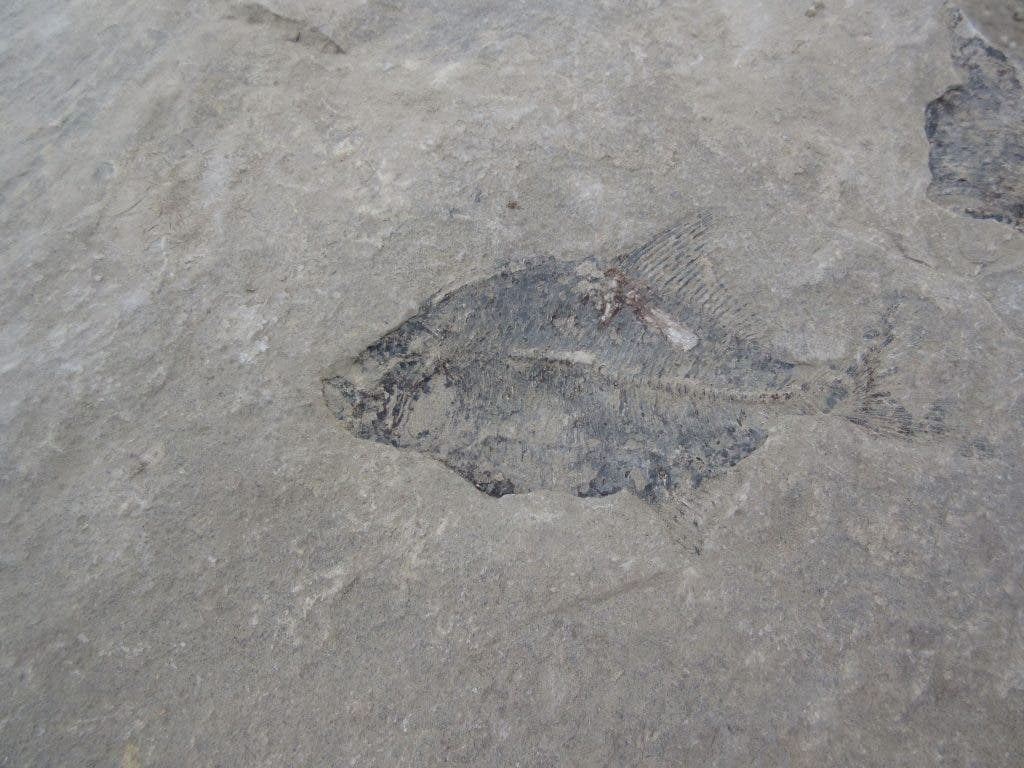An Alberta citizen discovered a trove of rare fossilized fish while digging up his basement. But Edgar Nernberg isn’t a man who “believes” in science – instead, he claims that the fish are 4,500 years old, from Noah’s flood, and the media seems OK with that. We’re not.

Darla Zelenitsky, the University of Calgary paleontologist who was brought in to examine the five ancient fish dated the fossils at 60 million years, from a period called the Paleocene, the period that came after the Cretaceous. She was also delighted to find such well preserved fossils.
“I would give it a 10 out of 10 for significance,” said Zelenitsky. “There’s not very many complete fossils known in rocks of this age in Alberta,” she said about the fish, which are each about the size of a smartphone.
Because they lived relatively soon after the dinosaurs went extinct, they could answer some questions about evolution, and how life adapted after the catastrophic event at the end of Cretaceous.

“Plants and animals were actually recovering from the extinction at that time, so any fossils, particularly if they’re complete, are going to help us reconstruct what was going in the environment after a major mass extinction.”
But Nernberg, who is quite a well known person in the community, says he isn’t buying it.
“I subscribe to the creationist position, and I believe they were laid down in Noah’s flood, about 4,500 years ago. But we agree to disagree.”
The problem with this is that it’s not something you can agree or disagree on. You can discuss whether or not green is a nice color, or whether or not bears are cute – but whether or not some fossils are tens of millions of years old, or 4,500 years old is not really up for debate. Sure, they might not be 60 million years old, they may be 57, or 63, or 50 million years old, if Zelenitsky is really wrong, but four thousand years is simply not an option, and this is one of the main problems with how media portrays science: on the one hand, you have mister Edgar Nernberg, a known creationist without any education or expertise in the field of paleontology, and Darla Zelenitsky, who’s basically dedicated her life to studying fossils and has decades of learning and applying what she’s learned – and the media gives them equal coverage, and makes it seem like this is an actual uncertain debate. Spoiler alert: it isn’t. Some things simply aren’t up for debate, and this is one of them.






